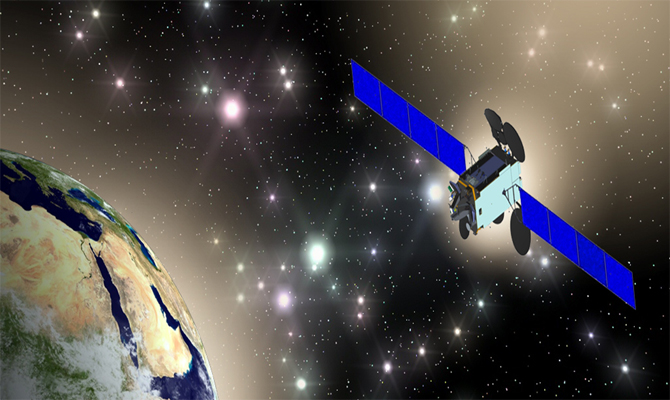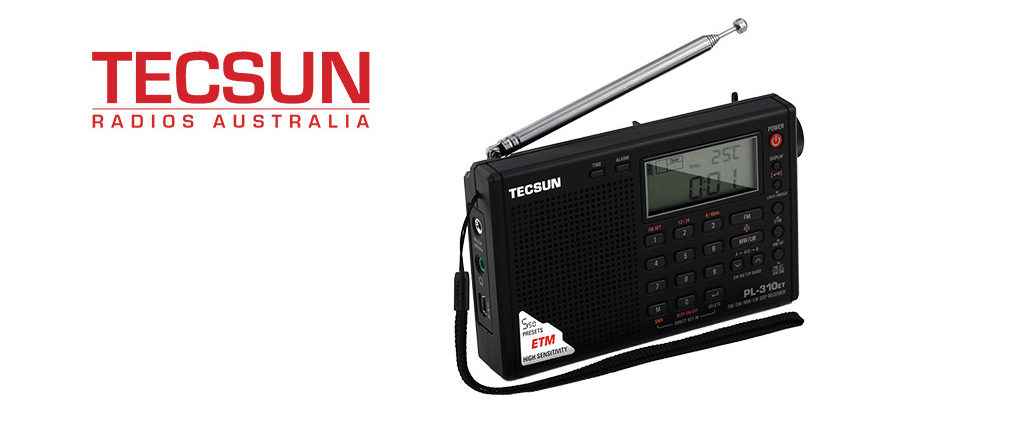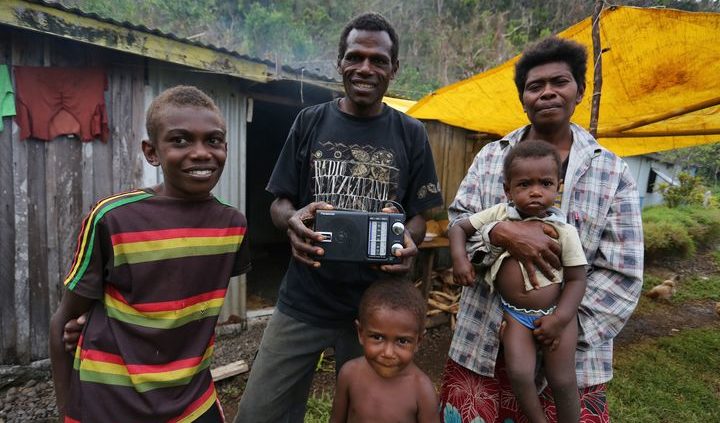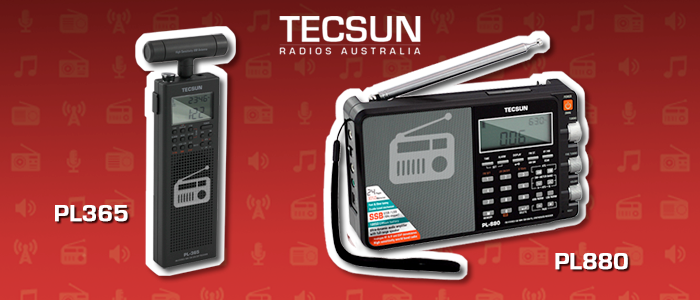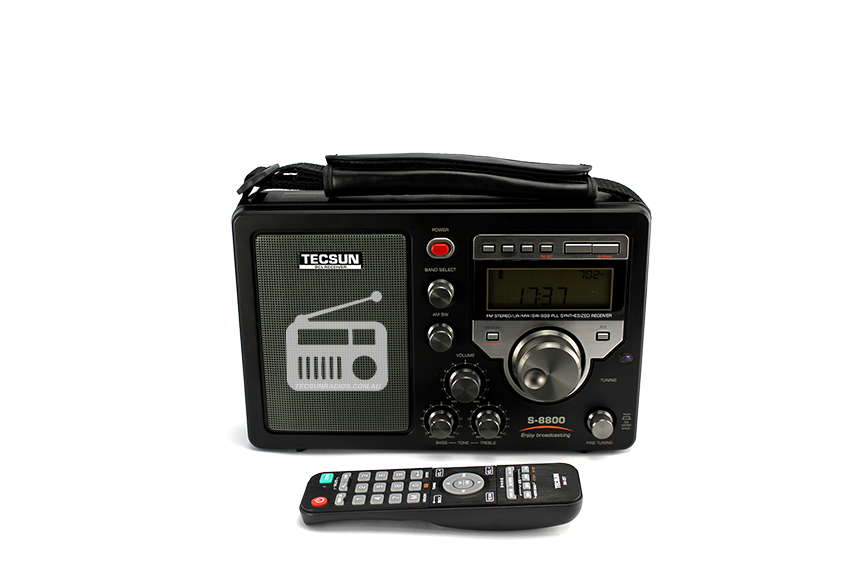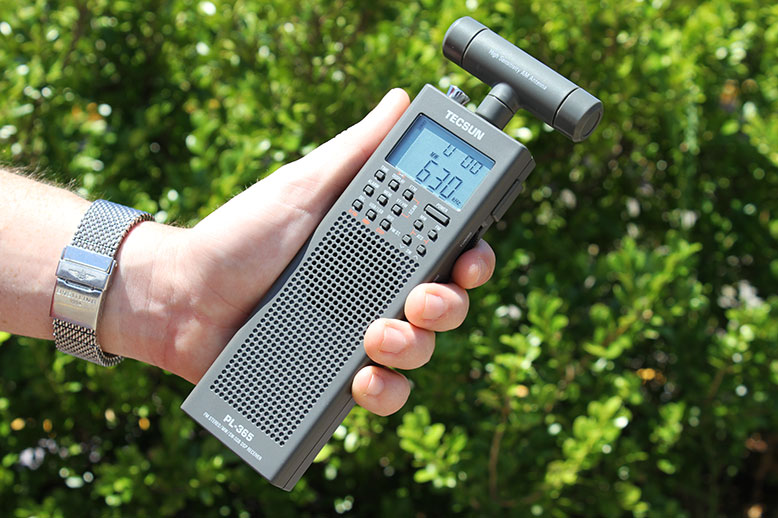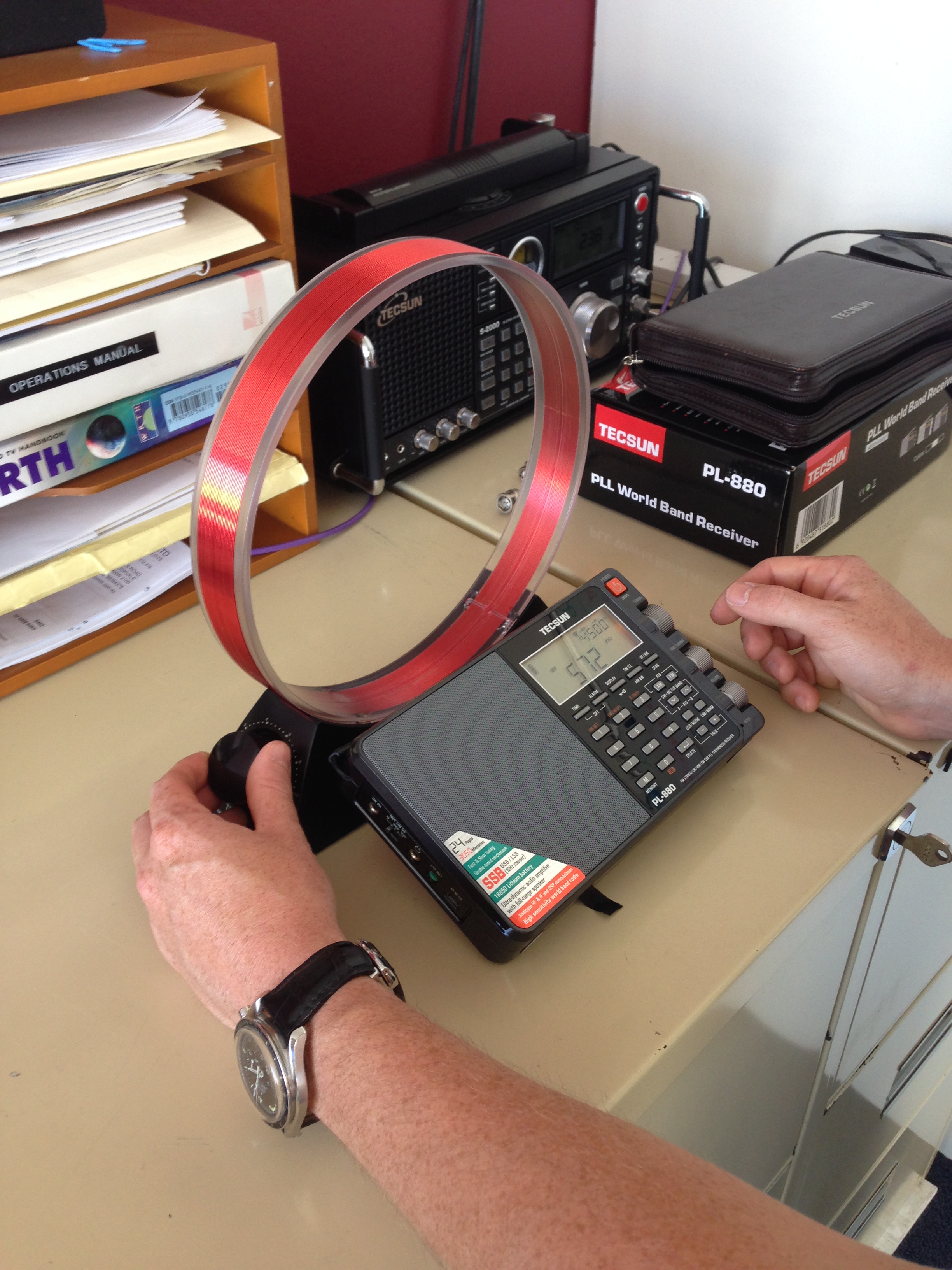This morning’s launch of a SpaceX Falcon 9 rocket from Launch Complex 39A of Florida’s Kennedy Space Centre, carried a payload designed to boost communications for the amateur radio operators among us!
Shortwave Radiogram transmits digital text and images on shortwave using a standard analogue shortwave transmitter. These signals can be received and decoded using a simple AM shortwave radio and either a computer or Android phone using free decoding software.
In 2017, the shortwave radio airwaves fell silent with the cessation of Australian domestic and international shortwave radio broadcasts. This was the culmination of withdrawing funding from a variety of Australia Government Departments including the Department of Foreign Affairs and Trade and ultimately the Australian Broadcasting Corporation.
The ABC labeled shortwave radio an antiquated technology and opted instead to reallocate resources and funding to local FM transmissions focused in Papua New Guinea. As a result of this, China promptly and actively moved to fill the Australian Government’s earlier role of broadcasting Shortwave Radio into the Asia Pacific region via the ABC. A large number of the people living in some of the most remote communities of the Pacific Islands actively rely on shortwave radio broadcasts to keep in touch with the world.
Without Shortwave Radio, many individuals are left isolated. The positive impact shortwave radio can have on many individuals in the Asian Pacific region is demonstrated through the example of Chief Ben Lovo and his family of Bongkil Village on Erromango, Vanuatu, said that “shortwave broadcasts from RNZI during Cyclone Pam, allowed him to warn four villages of the danger and save hundreds of lives.”
Shortwave radio is so effective at providing long range communications because the radio waves bounce off the ionosphere and back down to the ground allowing a single shortwave radio broadcast to be heard thousands of kilometres away from the transmitter. It is because of this that shortwave radio works particularly well distributing signals to the many remote islands throughout the Pacific region, where there is no other means of low cost mass communication.
China, already aware of this and in light of Australia’s withdrawal from shortwave broadcasting, increased their existing broadcasts into the region fully understanding that if shortwave coverage is present, their sphere of influence and subsequent “soft power”would be immediately increased. The notion, that the Chinese immediately adopted the frequencies that the Australian Government, and indeed the ABC cut funding towards, “comes at a time of heightened speculation in Australian media and the commentariat about the motives behind China’s growing influence in the Pacific.”
The growing Chinese interest in the Asia Pacific region has led to the Australian Government, to conduct a review of the broadcast services available in the region and whether Australia should reintroduce Australian international Shortwave Radio broadcasts.
The Review, will analyse:
- The coverage and access of existing Australian media services in the Asia Pacific region, including examining whether shortwave radio technology should be used
The review will cover:
- All media distribution platforms (i.e. Television, radio and online)
- Commercial, community and publicly funded services and
- Different types of technologies such as analogue, digital and satellite radio and television services and online services.
Supporters of Shortwave Radio, are encouraged to engage in the review hosted by the Australian Government. Tecsun Radios, as firm believers in the vital service that shortwave provides, believes that this review will act as a catalyst in encouraging Australia, to re-enter the Asian Pacific market in providing the vital service that shortwave allows.
Tecsun, will actively engage in the review process, in the hope that this reinvigorates Australia’s interest in the Pacific region. We firmly believe that shortwave radio through its modern evolution digital radio mondiale (DRM) provide the optimum technology to delivery broadcast style communications to island in the Pacific region.
The review is open until the 3rd of August. You can use the link provided below to add your comments and ‘Have your Say Now’, in regards to re-establishing Australia’s presence in the Asia Pacific region, for shortwave radio broadcasting.
https://www.communications.gov.au/have-your-say/review-australian-broadcasting-services-asia-pacific
What is Digital Audio Broadcasting + (DAB+) Radio?
Digital Audio Broadcasting or DAB+ as the name implies is a new digital audio broadcast technology used to provide terrestrial radio services. DAB+ offers a user experience resembling internet streaming or listening to a podcast but without a potentially costly internet connection. Read more
Shortwave Radio is ‘everywhere’
Natural Disaster is often unpredictable, yet life threatening and devastating. Papua New Guinea (PNG), Tonga and Vanautu, have all experienced trauma through natural disasters this year. Papua New Guinea experienced a 7.5 magnitude earthquake and Tonga and Vanuatu enduring cyclones, Cyclone Gita and Hola respectively. It is crucial during times like these that there is effective, efficient communication that enables residents to gain both local and international news, informing all individuals of the most current and up to date situation. To prevent a delay in action following the natural disaster, ensure you are equipped with adequate forms of communication. Read more
We are thrilled to announce that TWO Tecsun radios have been awarded places on the Ezvid Wiki Top 10 Shortwave Radios of 2017!
The PL360 holds the #4 spot, with reviewers praising its comprehensive frequency scanning and four available tuning methods – most of you will know, however, that the even more superior PL365 is now available!
The PL880 goes a step further to take #3 on the list, and is described as having “unparelled sensitivity”.
The shortlist is compiled with thirty-five hours of research, and is a broad-ranging, impartial assessment of shortwave radio options available to consumers in the United States.
View the entire shortlist here: https://wiki.ezvid.com/best-shortwave-radios.
To buy these models from Tecsun Radios Australia, follow the links below:
PL365: http://bit.ly/AUPL365
PL880: http://bit.ly/AUPL880
Review of the Tecsun S-8800
by Garry Cratt VK2YBX
The S-8800 High Performance AM/FM Radio is the latest radio to be released by Tecsun, and we think it has been worth the wait. The Tecsun S-8800 High Performance AM/FM Radio has been designed to provide maximum performance on the AM (MW) bands, allowing listeners to receive fringe AM radio stations with unmatched audio clarity. Being the authorised distributor for Australia and the Pacific, we obtained a handmade sample for evaluation and gave it to our radio expert Garry Cratt (VK2YBX) for evaluation. Read on for Garry’s review.
General features
Like many other models, the unit is battery operated, but in this case the batteries are 2 x 18650 lithium cells, which are charged via the USB socket on the side of the receiver. This ensures adequate DC power to sustain long periods of listening at good audio level. Users may recall that both the Tecsun BCL-3000 and the Tecsun S2000 use expensive C or D cells, and obviously customer feedback has led to this change to lithium cells.
The receiver even has a built in battery tester, in the form of two LEDs recessed into the battery compartment. If the LED does not illuminate, replace and recharge the offending cell. There is also a battery indicator as part of the front panel LDC display.
The second most obvious new feature of the Tecsun S-8800 is the inclusion of an infrared remote control. No other Tecsun model has this feature which allows the receiver to be controlled without having to touch it. This is an advantage when receiving AM stations , where the receiver has been physically oriented for best reception.
All the Tecsun S-8800’s features can be controlled using the remote control, including power, display (changing between frequency or time), memory (store or recall frequencies), tuning, VF/VM modes, scanning, mode (AM, FM (mono or stereo) USB or LSB, bands (AM, FM or shortwave, 9/10kHz setting for MW, AM bandwidth, and a keypad to allow direct entry of frequencies.
Fortunately, or perhaps part of the good overall design, the remote control operates from regular AAA batteries. Some of the receivers I have tested use special button batteries that are expensive to replace.
AM features
Ever since the demise of the Tecsun BCL-3000, and prior to that the Tecsun BCL-2000, there has been a need for a receiver capable of providing good fringe reception of AM broadcast band signals.
Other desirable features that go hand in hand with good AM sensitivity are frequency stability and those features which affect the tonal quality of sound. The Tecsun S-8800 fills this requirement by having separate volume, bass, treble and bandwidth controls. It also has the advantage of a 120mm speaker rated at two watts output, which provides superior sound, even when compared to the Tecsun PL-880 portable which has been used by many as a benchmark.
The Tecsun S-8800 has provision for the connection of an external AM antenna via the commonly encountered push button “speaker connectors”. This is a high impedance connection, so you can connect your longwire antenna directly.
However, most listeners will appreciate that an external antenna, which includes a matching balun and fed with shielded coaxial cable helps eliminate the effect of interference caused by many household items. The low impedance external BNC antenna connections can also be used for shortwave reception. One great feature that has been included is AM bandwidth selection. The only other model Tecsun receiver with this feature is the Tecsun PL-310ET, and it makes a world of difference. When an AM signal is noisy, being able to adjust the bandwidth from 6kHz down to 3 or even 2.3kHz means the difference between annoying noise and an intelligible signal, even if it does mean some loss in fidelity. This is of no consequence when most of the programming is “talkback”.
Although the frequency range is stated as 520-1620kHz (when the receiver is set to 9kHz spacing), it can be extended by setting the receiver to 10kHz spacing and then it will be possible to tune 520-1710kHz. By using slow tuning steps (1kHz), and station can be tuned.
FM features
Like previous Tecsun models the S-8800 allows the user to select between 64-108MHz, 76-108MHz and 88-108MHz frequency coverage.
There is also provision for connection to an external FM antenna, and many users already know the trick of connection to their household TV antenna to improve reception. Forcing the receiver into the FM mono mode will also improve weak signals.
Shortwave (SW) Features
SSB (single sideband) is used by what shortwave listeners call “utility” services. This can include amateur radio operators, aircraft, marine weather, 4WD clubs, The Flying Doctor (in Australia), as well as being used by mining camps, police etc for regular outback communications.
The Tecsun S-8800 allows independent selection of USB or LSB, and facilitates either 1kHz or 10Hz tuning steps in this mode.
The receiver covers 100-519kHz (LW), 520-1710kHz (AM using 10kHz channel spacing), 1711-29999kHz (SW).
Other features
There are a myriad of other features offered by the Tecsun S-8800 including those found in most models such as clock, timer, snooze and alarms. In total 650 stations can be stored in memory across all bands (there are limits for each band) and recalled in real time or at some time in the future. There are also the usual store, recall and delete memory functions as well as auto sort (handy for removing duplicate frequencies.
The receiver offers frequency “browsing”, similar to the ETM function found on smaller portables like the Tecsun PL-310ET and Tecsun PL-365, as well as semi-automatic storage (the receiver stops when it finds a signal and you have 4 seconds to store it), and ATS (Auto Tuning Storage) where the receiver stores every signal it discovers. It is these operations where the use of the remote control makes the process much easier.
To prevent signal overload, the receiver has “DX/Local” switch.
Like all computer driven receivers, things do sometimes get confused between operator and machine. To remedy this, there is a reset switch hidden under the main tuning knob. Pulling the knob off the shaft reveals this. A small pointed device is required, most uses find a paper clip is suitable.
Initial testing:
Testing so far has centred around fringe AM reception. My test site is 200Km from Sydney and I have found 2UE (954kHz) to be the weakest Sydney station. They transmit 5kW using an omnidirectional antenna.
For the test I decided to compare the Tecsun PL-660, Tecsun PL-880, Tecsun S2000 and Tecsun S-8800. Each receiver was placed in the same position on a test bench, located in an open area, and operating from batteries.
Using the 954kHz reference frequency, I compared all receivers. The Tecsun S-8800 performed better than all the others. I was very surprised that it performed better than the Tecsun S2000 which has a much larger ferrite rod antenna.
Tecsun PL-660 results: signal barely discernible
Tecsun PL-880 results: noisy but intelligible (using reduced bandwidth).
Tecsun S2000 results: signal discernible
Tecsun S-8800 results: entertainment quality signal (using reduced bandwidth)
Further testing on all bands will be performed in coming weeks and the results added to this review.
The Tecsun S-8800 is due to arrive at the Tecsun Radios Australia Sydney warehouse in mid-March (date TBC) with an initial batch of 20. It is available to pre-order now on the Tecsun website – eleven have sold already, so get in quick for the best chance of securing yours!
The Tecsun PL365 was recently reviewed by Radio Jay on his blog.
Here are just a few of the things he had to say about the PL365
“The ETM has its own, temporary 100 station memory which is perfect for travelling to new areas where you can quickly populate that memory bank with receivable signals in that location leaving all your other 450 presets untouched…very convenient.”
“Tecsun has done an incredible job of making SSB tuning as precise and easy as can be”
“Its overall performance is excellent for the size and price”
“Its layout and design were carefully considered and well executed”
“The general shape and layout of the radio make one-handed tuning as easy as possible”
We’ve had a bit of a play around with the Tecsun PL365 today too!


Thanks to Radio Jay for this review very detailed review. Read the full review here.
Garry VK2YBX has prepared some great tips and tricks for using the Tecsun PL365. You can read them here.
Treat yourself to a great new radio today. Buy the PL365 now.
Radio reviewer Gary Ryan VK2ZKT has put together this great list of top tips for using the Tecsun AN100 Loop Antenna to help get the best AM reception with your radio.
Tecsun AN100 Loop Antenna Top Tips by Gary Ryan:
- Place the radio and loop outside the house if possible on your veranda or outdoor entertaining area.
- If used inside always switch off all light dimmers.
- Switch off energy saving lamps; these produce all kinds of noise.
- Keep the loop as far as possible away from home entertainment systems like DVD players, LCD and Plasma TVs, set top boxes and the like, as the majority all use switch mode power supplies.
- Start by keeping the loop as close as possible to the radio, within 30mm. The distance will vary, depending upon the size of the ferrite rod antenna inside your receiver, so determine the optimum distance by observing the signal strength.
- Keep mobile phones away from the loop.
- Place the radio for optimum signal by rotating it on a flat surface. Best reception should be obtained when the radio is facing 90 degrees from the direction of the transmitter.
- First tune the receiver to the frequency of interest, then tune the loop for best reception.
- Try different locations in your home; remember you may have insulation that is backed with foil in your walls and or ceiling. This greatly attenuates the signals on the AM broadcast band.
- Always rotate both the radio and loop to gain the best-received signal strength along with the best noise reduction.
- Keep iPods and other MP3 players away from your radio and loop, the RF hash they generate even when switched off is huge.
Thanks to Gary Ryan VK2ZKT for this excellent list of top tips. Gary has also written a review of the AN100 Loop Antenna. Read his review here: AN100 Loop Antenna Review



